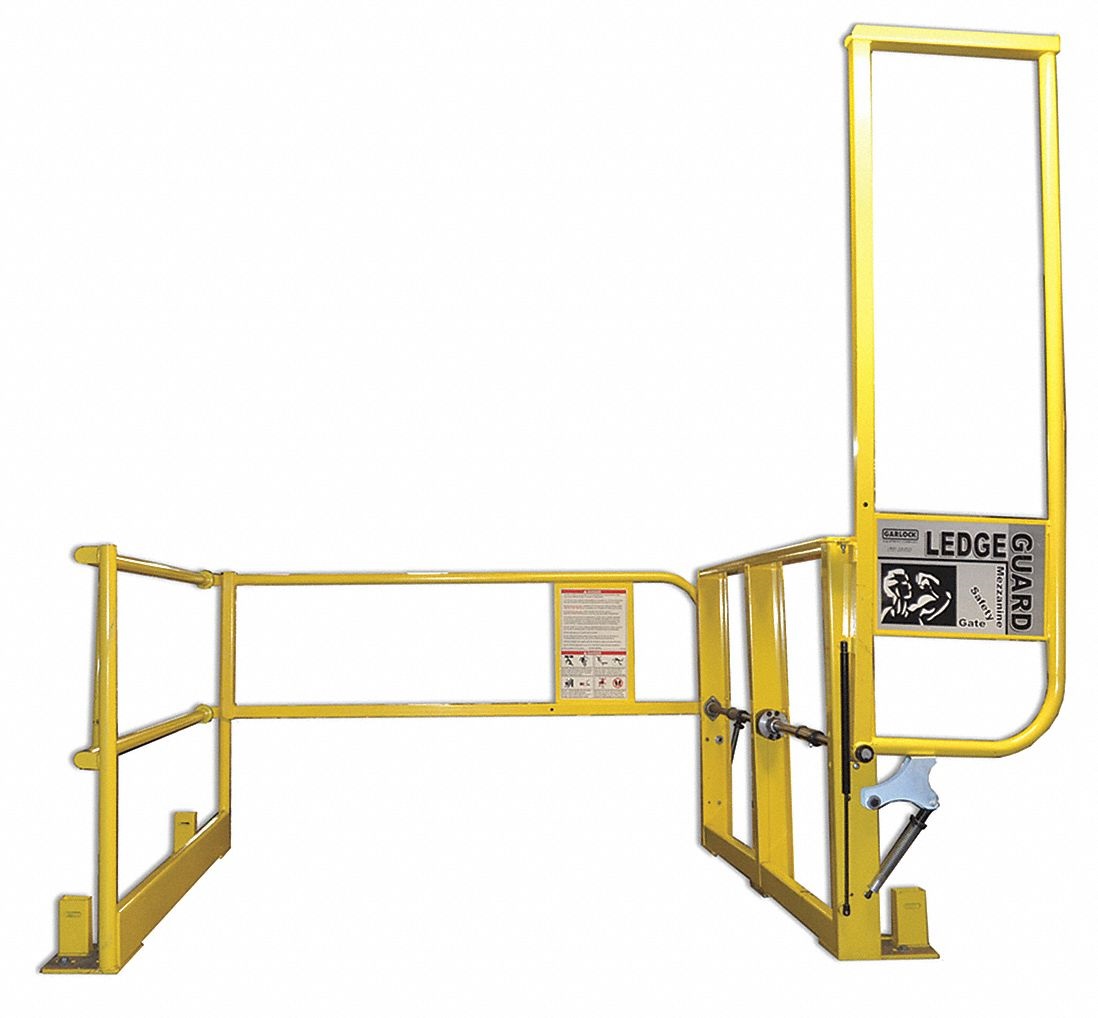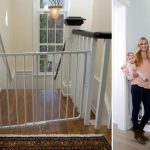When it comes to ensuring the safety of workers and materials in industrial facilities or warehouses, mezzanine safety gates are essential. These gates provide critical fall protection for elevated platforms and loading areas. With several designs and materials available, picking the right gate for your facility can be a considerable challenge. This article helps navigate the major factors to consider when selecting a mezzanine safety gate that fits your operational needs and safety requirements.
Assessing Facility Needs and Safety Standards
Analyze Load and Traffic Patterns
Understanding the patterns of foot and equipment traffic is central to choosing the proper mezzanine safety gate. Depending on whether you are using forklifts to move goods up and down the mezzanine or if it’s primarily a pedestrian area will heavily influence your choice. Gates come in various designs such as swing gates, vertical lift gates, and pallet gates that cater to different types of usage scenarios. It is crucial to match the gate operation with your workflow to ensure safety without sacrificing efficiency.
Compliance with Safety Regulations
Ensuring the safety gate meets Occupational Safety and Health Administration (OSHA) standards is non-negotiable. OSHA provides guidelines on guardrail systems, including gates, to prevent falls from elevated platforms. Make sure the mezzanine safety gates you are considering comply with these regulations to avoid fines and ensure the safest environment for workers. It’s also important to consider the load rating of the gate, which should withstand the forces exerted during normal operations.

Understanding Different Gate Designs
Swing Gates vs. Vertical Lift Gates
Swing gates operate similarly to a regular door, pivoting on one side to open and close. They are a simple solution and work well in areas with ample space around the mezzanine. On the contrary, vertical lift gates operate by moving up and down and are ideal in tight spaces where horizontal swing would be impractical. Both designs offer good protection, but the layout of your facility will dictate the most suitable choice.
Pallet Gates for Material Handling
Pallet gates are specialized for high-efficiency material handling situations. These gates are designed to allow goods to be moved onto a mezzanine using equipment like forklift trucks, then provide a guardrail around these goods once they’re in place. The gates can be lifted temporarily for loading and then securely locked back into place, making them excellent for environments with frequent loading and unloading activities.
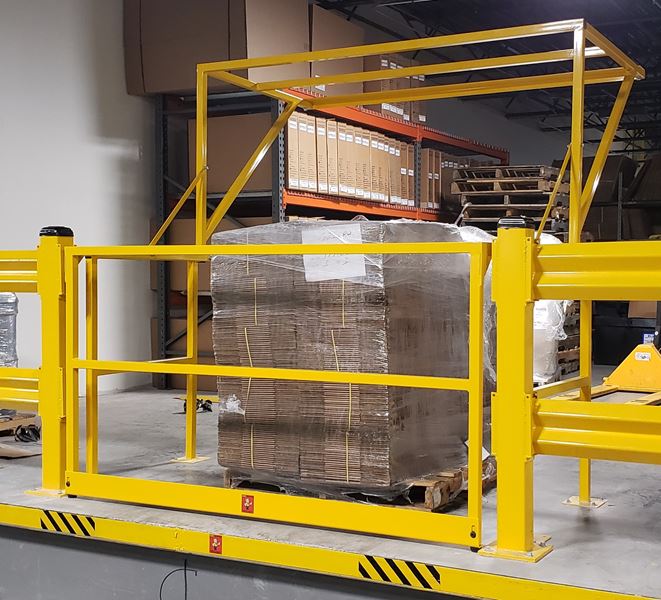
Material Durability and Maintenance Requirements
Selecting the Right Materials
Mezzanine safety gates are manufactured from various materials, including steel, aluminum, and sometimes composites. The choice of material affects not only the durability and strength of the gate but also its maintenance needs. Steel gates are robust and are often used in heavy-duty environments, but they may require more maintenance, especially in facilities with corrosive materials or outdoor conditions. Aluminum gates are lighter and generally immune to corrosion, making them simpler to maintain.
Considering Maintenance and Upkeep
Maintenance is a vital aspect of ensuring the longevity of your mezzanine safety gate. Gates with complicated mechanisms might require regular maintenance checks to keep them functioning correctly. It is wise to choose a gate design that is not only reliable in terms of safety but also easy to maintain. Some gates come with self-lubricating components or are designed in such a way to reduce the accumulation of debris, which can reduce the time and cost of maintenance.
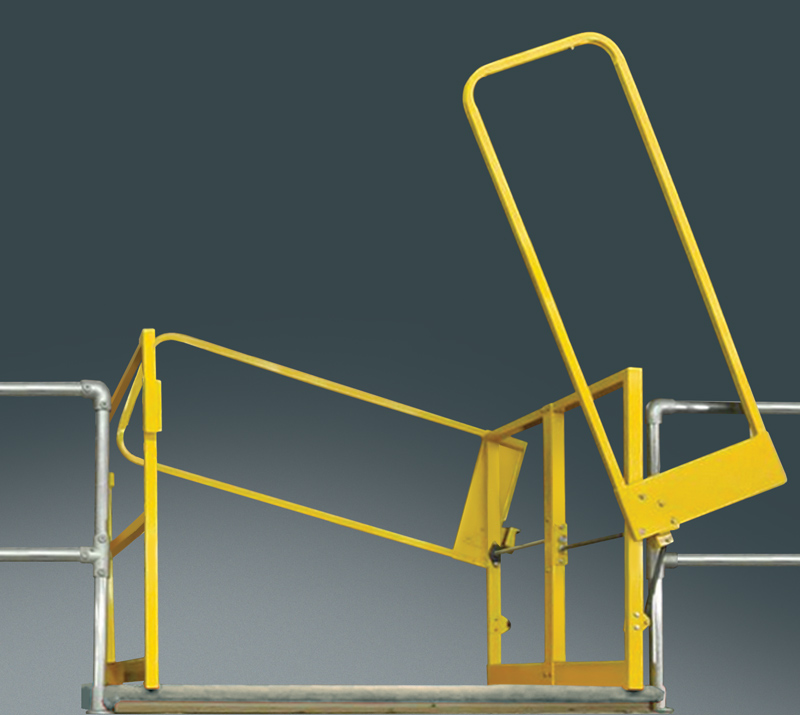
Implementation and Training for Optimal Safety
Proper Installation of Safety Gates
Once you’ve selected the right mezzanine safety gate, proper installation is imperative. An incorrectly installed gate can compromise safety and potentially lead to accidents. It may be advantageous to have the gate installed by professionals or thoroughly train facility maintenance staff for correct installation. Check all the fittings and fixtures regularly to ensure they have not loosened over time, and replace any worn components immediately.
Training Personnel to Use Gates Correctly
Simply installing safety gates is not enough; it’s equally important to educate your personnel on their correct usage. Training should cover not just how to operate the gates, but also the reasons behind their deployment, enhancing the overall safety culture within your facility. Workers should understand the importance of keeping the gates closed when not in use and reporting any issues with the gate’s operations immediately.

Optimizing Mezzanine Safety and Usability
Enhancing Accessibility and Workflow
In selecting the right mezzanine safety gate, ease of use should be a priority. A gate that’s hard to open or close may tempt workers to bypass it, undermining its safety function. Therefore, it is worthwhile to choose a gate design that can be operated smoothly and comfortably, even when workers’ hands are full. Choosing a gate with ergonomic features will encourage compliance and integrate seamlessly with the facility’s workflow.
Customizing for Specific Use Cases
Facilities often have unique requirements based on the nature of the materials handled or the design of the storage areas. Custom-made mezzanine safety gates can address these specific needs by factoring in height restrictions, load sizes, and special operations performed on the mezzanine. Working with manufacturers who offer custom solutions ensures your mezzanine gate serves its function effectively and adds value to your operation.
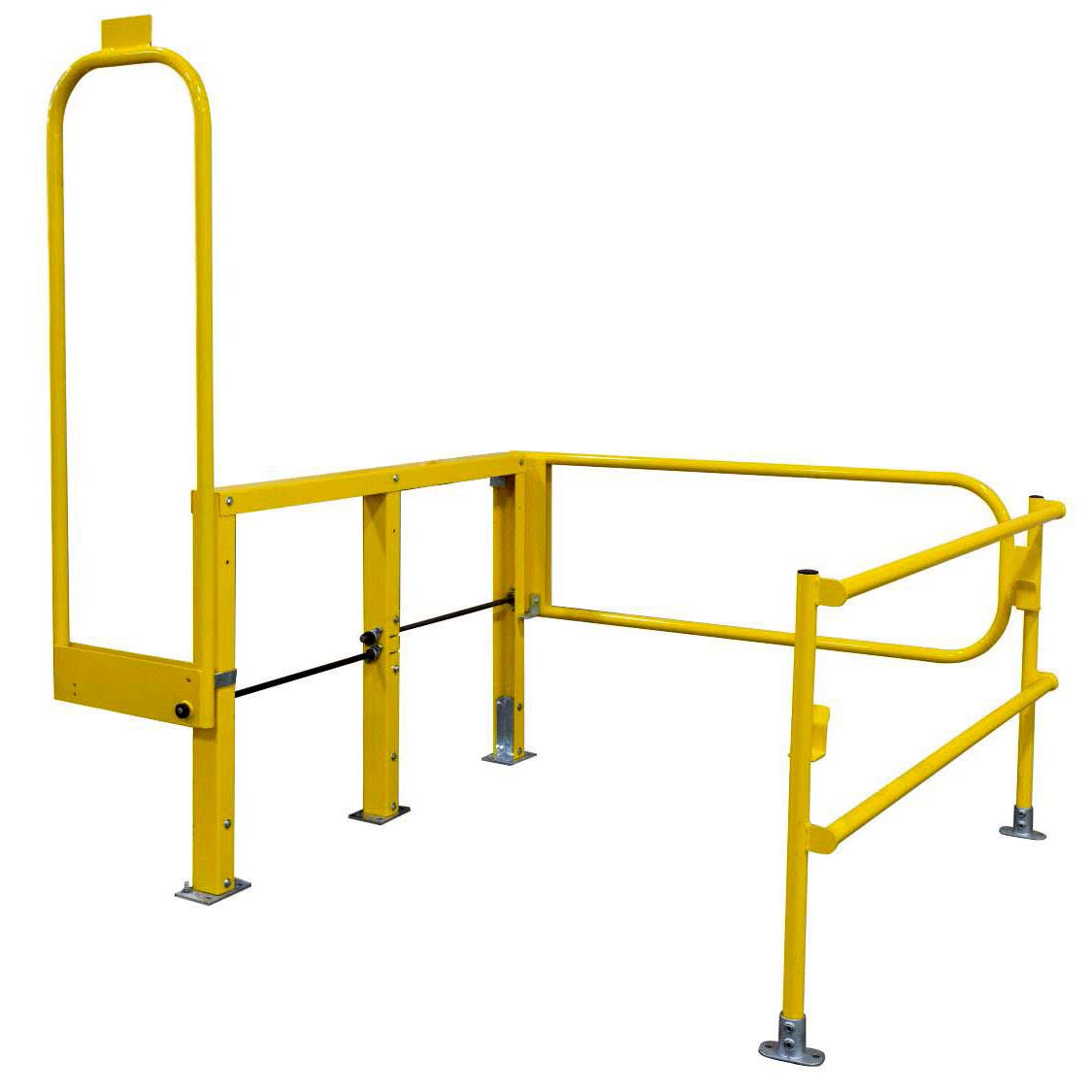
Investing in Quality and Reliability
Long-Term Cost Savings
Opting for a high-quality mezzanine safety gate may involve higher initial costs, but it provides considerable savings in the long run. High-grade materials and construction translate to fewer breakdowns, reduced maintenance requirements, and a longer lifespan. Investing in quality also means heightened safety and reduced risk of accidents, which can save costs on workplace injury claims and downtime.
Warranty and Manufacturer Support
A good warranty can add an extra layer of security to your investment. Before making a purchase, review the manufacturer’s warranty policy for the mezzanine safety gate. Check what is covered under the warranty and for how long, including labor and parts. Reliable customer service and manufacturer support can also be crucial in resolving any issues that may arise post-installation, ensuring your mezzanine gate serves you well for years to come.
In conclusion, selecting the right mezzanine safety gate for your facility involves several factors. These factors include your workflow, space layout, safety regulations, material preference, and maintenance capabilities. By carefully considering these aspects, you can ensure a safer work environment. Ensuring proper installation and worker training is crucial. This approach protects both your personnel and materials from harm. Remember that the investment in a high-quality safety gate is an investment in your company’s future health and productivity.
